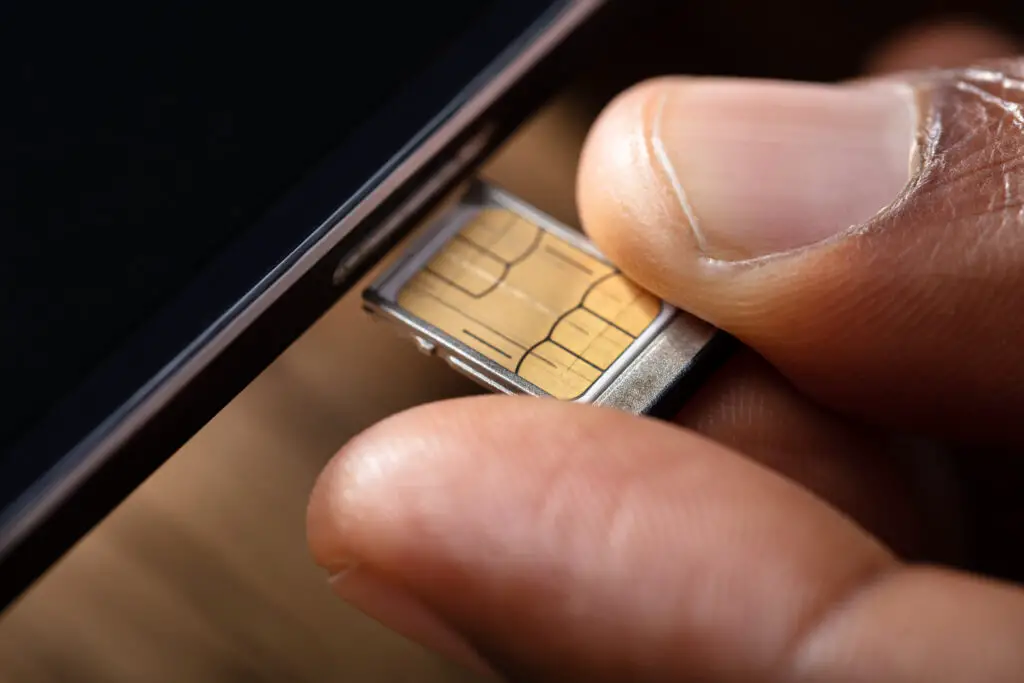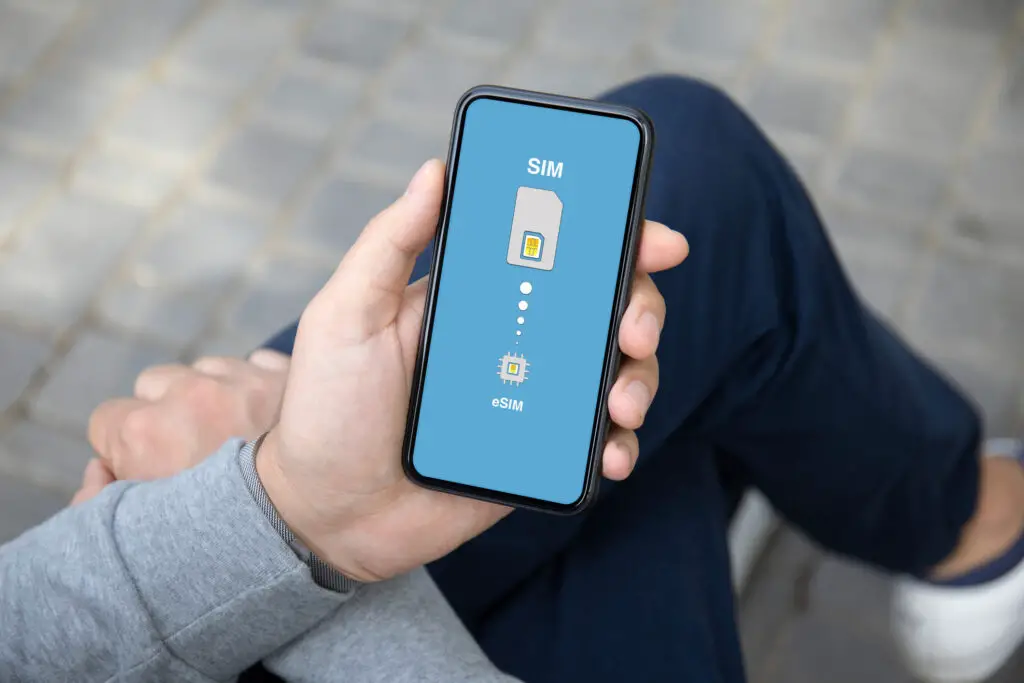Your SIM card is a critical component of your cellphone. If the card stops working, your smartphone will stop receiving calls, texts, and mobile data. You should periodically check on your SIM chip. But exactly how often should a SIM card be replaced?
A SIM card should be replaced every 2-3 years, especially when users eject and reinsert frequently. Immediately request a replacement SIM chip from your carrier if there's noticeable damage. Alternatively, an eSIM avoids replacing physical SIM cards for the device's lifetime.
As a frequent international traveler, I've swapped SIMs as often as once per month without a problem. With the average user replacing their cell every 3 years, it's an easy practice to take the time to get a new card at the same time. Here are some more considerations.

Reasons to Replace Your SIM Card Early
First, consider whether it's necessary for you to get a new SIM card using some of the following questions:
Did you drop or damage your phone?
Is there any visible damage to your SIM card?
Do you eject and reinsert your SIM tray frequently?
Are calls, texts, or data not going through?
Have you used your SIM for more than 3-4 years?
If the answer to any of these questions is yes, you should order a replacement for your chip.
If not, you can wait until you have a reason to change your chip. The time between changes is up to you, depending on how much use you put into your device.
However, there are some times when it's time to replace your SIM early.
Why It Is Smart To Replace Your SIM Card Before It Becomes Too Old
Even if you don't need to replace your SIM card early for one of the above reasons, there may be certain circumstances where it makes sense to replace it early.
For instance, it may make sense to request a new chip if you're planning to be away from your cellular provider's store or mail where you can receive a new chip.
Alternatively, is your phone critical for your job?
For those that cannot be without their cellular connection, it makes sense to replace a SIM chip early or have one on hand in the event of damage.
I've moved away from the hassle of a physical SIM chip to an alternative that is less likely to become problematic.

How To Stop Replacing Your SIM Card
Many phones and mobile operators are beginning to phase out the use of ejectable SIM chips in exchange for embedded SIM or eSIM.
This type of subscriber identification module is embedded in your device and can't be removed.
The advantage of an eSIM is you no longer have to worry about losing or damaging your physical card.
Other upsides of an eSIM include the following:
Nearly instantaneous activation or provisioning
Support multiple stored eSIM identities
Less e-waste
No more losing a physical chip when traveling
More room in a phone for other components like battery or memory
The main downside of an eSIM is if it's damaged, you likely have to replace your entire handset.
Other disadvantages of an eSIM include:
Migrating your eSIM to a new device is a hassle. Trust me. It was a pain. It may get better in the future.
Switching to a backup smartphone is not possible. With an ejectable physical SIM, swapping to an older device is simple.
While phones transition, I plan to use an eSIM as my primary and a physical SIM chip if I need to buy a local service plan and number when traveling. Here's the process I'm taking...
How To Move To An eSIM
Cellular service providers vary in their processes and procedures. Still, the following is the rough outline of steps to move from a physical SIM chip to an eSIM:
First, check if your service provider offers esim
Contact a representative using a second line or a website chat function
Inform the service personnel that you would like to transition to an eSIM.
Complete the company's security and activation process.
Eject and remove your physical SIM.
Test phone calls, text messages, and mobile data work correctly. Note that there may be a delay when you may not have service.
Here's how I tested activating an eSIM and phone number for WhatsApp use.
Switching to an eSIM has yet to be a seamless process. Make sure it's the right way forward for your usage. For example, if you travel and buy a local plan while abroad. In that case, I recommend getting a physical SIM card and using your eSIM for your primary plan.